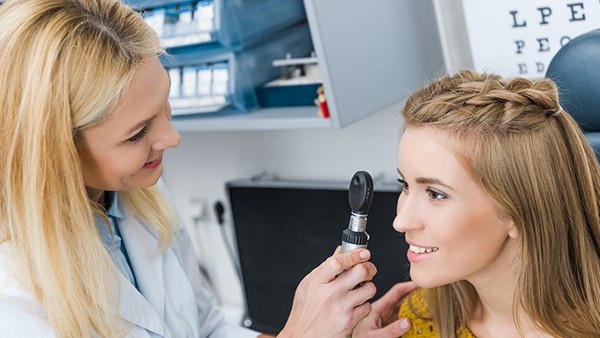Three Aspects Can Be Used to Accurately Determine the Baby's Food Accumulation

Introduction:
Food accumulation refers to the accumulation of undigested food or waste in the gastrointestinal tract. It can affect infants and children, causing discomfort, pain, and other health problems. Accurately determining the baby's food accumulation is crucial for providing appropriate treatment and preventing any further complications. This article will discuss three aspects that can be used to accurately determine the baby's food accumulation. These aspects include:
1. Physical Examination
2. Medical History
3. Diagnostic Tests
1. Physical Examination:
A physical examination is an essential part of determining the baby's food accumulation. The doctor will assess the baby's overall health, as well as the symptoms associated with food accumulation. During the physical examination, the doctor will:
- Inspect the baby's abdomen: Look for signs of distension, swelling, or tenderness.
- Palpate the baby's abdomen: Feel for any masses or lumps, which may indicate food accumulation.
2. Medical History:
A thorough medical history can provide valuable information about the baby's feeding habits, any previous episodes of food accumulation, and any underlying medical conditions that may contribute to food accumulation. The doctor will ask about:
- The baby's feeding history: This includes the types of foods the baby is eating, the frequency of feedings, and any recent changes in the baby's diet.
- Any previous episodes of food accumulation: The doctor will ask about any previous episodes of food accumulation, including the symptoms and treatment received.
- Any underlying medical conditions: The doctor will ask about any underlying medical conditions that may contribute to food accumulation, such as gastroesophageal reflux disease (GERD), pyloric stenosis, or Hirschsprung's disease.
3. Diagnostic Tests:
Diagnostic tests may be necessary to confirm the food accumulation and rule out any other underlying medical conditions. The most common diagnostic tests for food accumulation include:
- X-ray: An X-ray can show the presence of food accumulation in the gastrointestinal tract.
- Ultrasound: An ultrasound can provide more detailed images of the gastrointestinal tract and can help identify any underlying abnormalities.
- Endoscopy: An endoscopy is a procedure that involves inserting a thin, flexible tube with a camera on the end into the gastrointestinal tract. This allows the doctor to visualize the inside of the gastrointestinal tract and identify any blockages or abnormalities.
Conclusion:
Accurately determining the baby's food accumulation is important for providing appropriate treatment and preventing any further complications. The three aspects discussed in this article, physical examination, medical history, and diagnostic tests, can be used to accurately determine the baby's food accumulation and provide the best possible care.
The above is all the content that the editor wants to share with you. I sincerely hope that these contents can bring some help to your life and health, and I also wish that your life will be happier and happier.
Topic: #be #used #to














